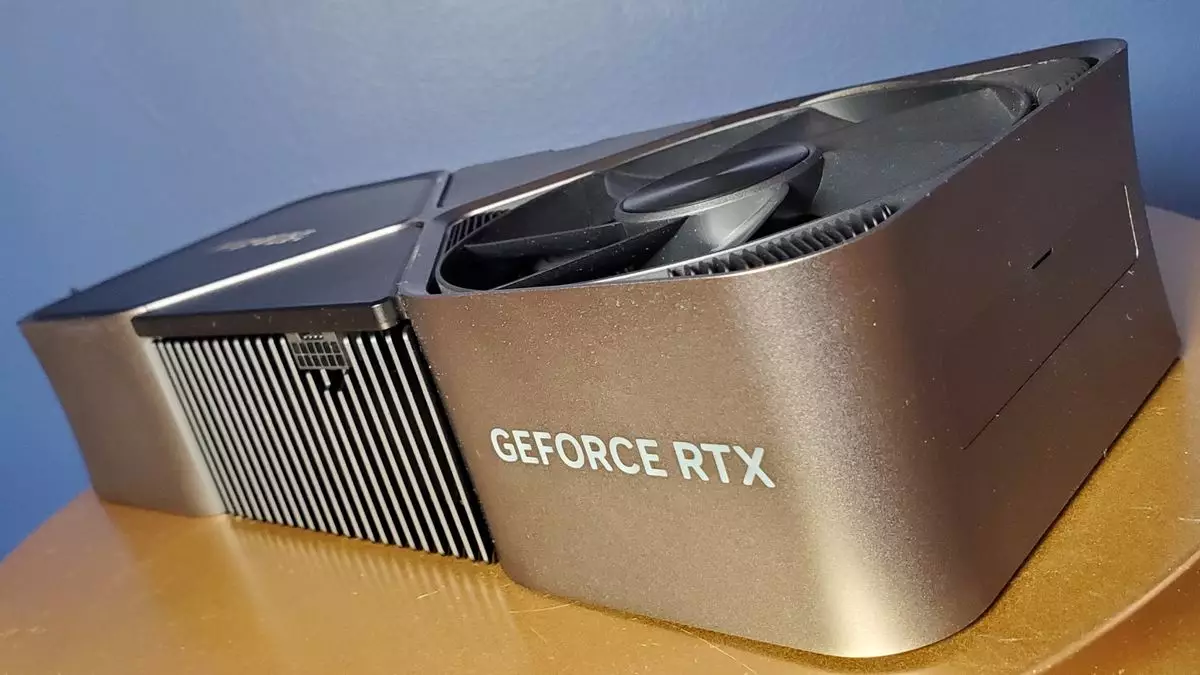The ever-evolving landscape of computer graphics is marked by constant innovation, prominent among which is the Nvidia RTX 5090. Recent leaks suggest that this card may be a massive leap in terms of performance and power consumption, boasting a thermal design power (TDP) of 575 watts, making it one of the most power-hungry cards ever introduced. This article dives into the implications of these revelations, examines the evolution of Nvidia’s technology, and prepares consumers for the potential requirements of next-generation graphics setups.
At its core, the TDP value serves as a measure of how much power a graphics card is likely to draw while maintaining optimal performance. The reported 575 watts for the RTX 5090 represents a substantial 125-watt increase over its predecessor, the RTX 4090, which had a TDP of 450 watts. This increase translates to nearly a 30% augmentation in power requirements. Such a significant jump may raise concerns about system compatibility and power supply upgrades, necessitating careful consideration from both enthusiasts and casual users alike.
Moreover, the leak indicates that the RTX 5080 will operate with a TDP of 360 watts, only a marginal increase from the 320 watts associated with the RTX 4080. This comparatively smaller leap signals that Nvidia is perhaps striking a balance between performance gains and energy efficiency, which becomes increasingly crucial as demands for sustainable computing grow.
Beyond power consumption, the shift in CUDA core count between generations sheds light on performance expectations. The RTX 5090 is rumored to feature around 21,600 CUDA cores, representing approximately a 30% increase over the 16,000 found in the RTX 4090. This increase is pivotal as CUDA cores are fundamental to a GPU’s ability to process tasks simultaneously, leading to enhanced performance in gaming and computational tasks.
Additionally, the introduction of the new GDDR7 memory type could further optimize efficiency, reducing voltage and heat output compared to the previous GDDR6X found in the 40 series cards. While the details surrounding Nvidia’s Blackwell architecture remain scarce, these giant strides in CUDA core count combined with efficiency improvements suggest a marked increase in performance for the RTX 5090 and 5080.
As power demands rise, the necessity for robust power supplies (PSUs) becomes unavoidable. In light of the forthcoming RTX 5090 rig requirements, users are advised to assess whether their current power supplies are up to the task. Corsair has made recent announcements regarding its PSU lineup’s compatibility with next-gen graphics cards, indicating that users may need to invest in modern solutions to ensure stability and performance in their systems.
It’s important to remember that while the increased TDP figures might seem alarming, they also signal a more powerful computing experience. The anticipation for enhanced frame rates, superior ray tracing capabilities, and faster rendering times across applications underscores the need for a suitably powerful support infrastructure.
With the Nvidia RTX 5090 on the horizon, the discussion surrounding graphics card evolution centers around not only raw power but also overall system design. As newer architectures promise better performance despite increased power draw, they prompt enthusiasts and gamers to reevaluate their setups, anticipating the need for upgraded cooling solutions and electrical capacities.
As the excitement builds towards CES 2025, where Nvidia may unveil more details about its upcoming products, it becomes evident that these graphics cards will redefine what is possible in gaming and professional environments. The future shines brightly for those positioned to harness the full potential of the RTX 5090 and 5080, but preparation in terms of hardware compatibility and understanding power demands is essential for a seamless experience. The dynamic shift in graphics performance dynamics calls for a proactive approach from consumers eager to stay ahead in the technology race.

